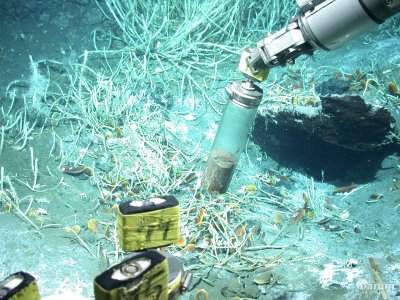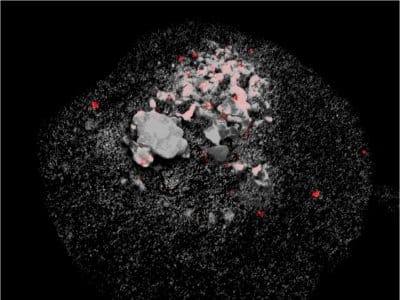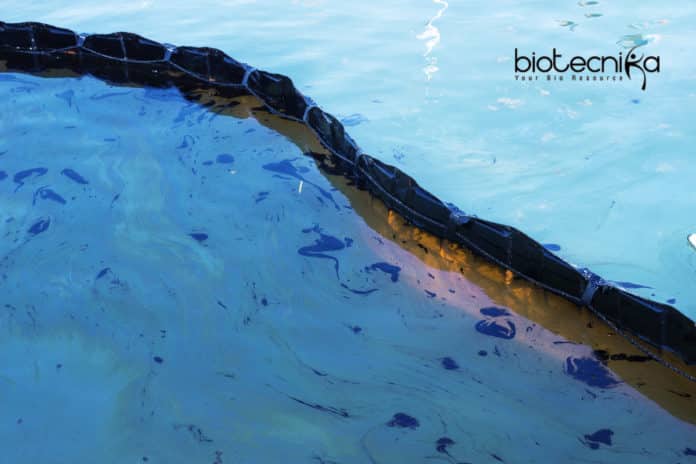Methanoliparia Microbe Degrades Oil to Gas discovered recently
Scientists from have now found cells of the microbe called Methanoliparia in oil reservoirs worldwide.
The crude oil as well as gas naturally escape from the seabed in many places known as “seeps.” These hydrocarbons then move up from source rocks through fractures and sediments towards the surface. Here is where they leak out of the ground and then sustain a diversity of densely populated habitats in the deep dark ocean. A large part of these hydrocarbons, especially alkanes, which is already degraded before it reaches the sediment surface. This provides an important energy source for subsurface microorganisms, even deep down in the sediment, where no oxygen exists!
Recently, a study led by researchers from the Max Planck Institute for Marine Microbiology in Bremen, Germany, & the MARUM, Centre for Marine Environmental Sciences, provides environmental information, genomes as well as the first images of a microbe that has the potential to degrade oils to gas or in other words transform long-chain hydrocarbons to methane. Their study results are published in the journal mBio.
Splitting oil into methane and carbon dioxide
This Methanoliparia microbe, an archaeon, degrades oils to gases by transforming the hydrocarbons by
a process called alkane disproportionation: This is a process where it splits the oil into methane (CH4) gas and carbon dioxide (CO2). Formerly, this hydrocarbon transformation by alkaline disproportionation was thought to require a complex partnership between two kinds of microbes, i.e, archaea, and bacteria. Herewith the study by the research team from Max Planck Institute for Marine Microbiology and MARUM presents evidence for a different solution. Rafael Laso-Pérez, first-author, explains that this is the first time researchers get to see an organism that has the potential to degrade oil to methane gas all by itself.During a cruise in the Gulf of Mexico, the researchers collected sediment samples from the Chapopote Knoll. This is an oil and gas seep which is 3000 m deep in the ocean. Back in the lab in Bremen, research team carried out genomic analyses. This analysis that revealed that Methanoliparia microbe is equipped with certain novel enzymes to use the quite unreactive oil without having oxygen. Gunter Wegener, the initiator of the study and senior author, said that the new microbe, Methanoliparia, is kind of a composite being and some of its microbe relatives are multi-carbon hydrocarbon-degrading archaea, others are the long-known own methanogens that form methane as their metabolic product, he added. With the help of combined enzymatic tools of both its relatives, Methanoliparia microbe activates and degrades the oil but forms methane gas as its final product. The visualization of these microbes supports the proposed mechanism. Wegner explained that microscopic results show that Methanoliparia microbe cells attach to oil droplets and researchers did not find any hints that it requires bacteria or other archaea as partners for this process of oil degradation to form methane gas.

Very frequent and globally distributed
As the metabolic product methane of this microbes is an important greenhouse gas which is 25 times more potent than carbon dioxide, these Methanogenic microorganisms have been important for the earth’s climate through time. Laso-Pérez and his colleagues were also interested to find out about how widespread this novel microbe is. Laso-Pérez said that the research team has scanned DNA-libraries and found that Methanoliparia microbe is frequently detected in oil reservoirs (and only in oil reservoirs) all over the oceans. Thus, Methanoliparia microbe could be a key agent in the transformation of oils i.e, long-chain hydrocarbons to methane gas.

Scientists next want to dig deeper into the secret life of this novel microbe. Wegener explained that researchers have the genomic evidence as well as pictures about the wide distribution and surprising potential of Methanoliparia microbe. But the team can’t yet grow them in the lab. That will be the next step to be focused on and It will enable researchers to investigate and find out many more exciting details of this microbe. For example, to find out whether it is possible to reverse the process, which would ultimately allow us to transform a greenhouse gas into fuel.
































